Mixing In Straight Micromixer CFD Simulation, Numerical Paper Validation
Mixing In Straight Micromixer CFD Simulation, Numerical Paper Validation
- Upon ordering this product, you will be provided with a geometry file, a mesh file, and an in-depth Training Video that offers a step-by-step training on the simulation process.
- For any more inquiries regarding the product, please do not hesitate to reach out to us at info@CFDLAND.com or through our online support assistant.
€270 Original price was: €270.€165Current price is: €165.
This report presents a CFD validation study of mixing performance in a straight micromixer design. Micromixers are tiny devices that help mix fluids really well at very small scales. They are super important in many fields like microfluidics, lab-on-a-chip systems, and making medicine. In this study, we used ANSYS Fluent software to check how good a Y-junction micromixer works by looking at its mixing index. We compared our results with a reference paper called “Comparative assessment of mixing characteristics and pressure drop in spiral and serpentine micromixers.” Our simulation used water and ethyl alcohol as the two fluids and looked at how they mix together. The Reynolds number we used was 10, which means the flow is laminar. This kind of study helps engineers design better microfluidic devices that can mix things faster and use less energy. Our results matched pretty well with the paper, with only about 11% difference in the mixing efficiency.
- Reference [1]: Tripathi, Ekta, Promod Kumar Patowari, and Sukumar Pati. “Comparative assessment of mixing characteristics and pressure drop in spiral and serpentine micromixers.” Chemical Engineering and Processing-Process Intensification162 (2021): 108335.

Figure 1: Variation of mixing index at the outlet with Reynolds number for different micromixers. [1]
Simulation Process
Two inlets provide water and ethyl alcohol to the main micromixer with Y joint. The primary portion is 400 μm in depth and 200 μm in length. Then, 2814400 structured cells are utilized to discretize the domain. The flow is determined to be three-dimensional, laminar, steady, isothermal, and incompressible. The Species Transport Module models two fluids (ethyl alcohol and water).

Figure 2: 1. Schematic diagram of micromixer [1]
Post-Processing
The mixing index (η) is a crucial parameter for evaluating micromixer performance. The mixing index is calculated to quantify the mixing by determining the variance of species in the plane perpendicular to the fluid flow. The variance of the mass fraction of a given fluid in the mixture at a cross-sectional plane of the micromixer perpendicular to the fluid flow is calculated as:
![]()
Where γ is the variance, N is the total number of sampling points, Ck is the mass fraction at sampling point k, and Cm is the average mixing mass fraction. TIt is calculated as:
![]()
As given in the plot, mixing index for a straight micromixer at Re=10 equals 0.27, whereas the present CFD simulation reports 0.239. It shows only 11% difference, which proves the validity of our simulation.
| Reference Paper | Present CFD Simulation | Error (%) | |
| Mixing Index | 0.27 | 0.239 | 11.5% |
The first image shows the velocity distribution in the Y-junction pipe. We can see that the highest speeds (shown in red and orange) reach about 0.055 m/s and happen right in the main pipe after the junction point. The flow velocity is much lower in the two branch pipes (shown in green and blue), around 0.03 m/s. This happens because when the two flows meet, they speed up as they squeeze into the single main pipe. This matches what the continuity equation predicts:
![]()
where Q is the flow rate. Since the pipe diameter stays the same, the velocity magnitude must increase to keep the same amount of water flowing through. The flow pattern shows a smooth transition with no big recirculation zones or dead spots, which means our Y-junction design is working well.
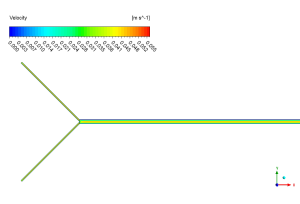
Figure 3: velocity distribution in the Y-junction pipe
The second image shows the water mass fraction in the system. The color scale goes from 0 (blue) to 0.99 (red), and we can clearly see different water content in each branch. The bottom-left branch shows high water concentration (red), while the top-left branch shows almost no water (blue). After they mix at the junction point, the main pipe shows a middle value of water mass fraction (green-yellow). The sharp color change at the center of the main pipe shows that the two fluids don’t mix perfectly right away – they need some distance to fully blend. This mixing length is important for chemical reactions or when we need to know exactly where different fluids will combine.
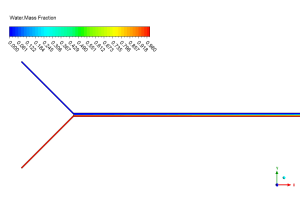
Figure 4: water mass fraction in the system
We pride ourselves on presenting unique products at CFDLAND. We stand out for our scientific rigor and validity. Our products are not based on guesswork or theoretical assumptions like many others. Instead, most of our products are validated using experimental or numerical data from valued scientific journals. Even if direct validation isn’t possible, we build our models and assumptions on the latest research, typically using reference articles to approximate reality.
Yes, we’ll be here . If you have trouble loading files, having technical problems, or have any questions about how to use our products, our technical support team is here to help.
You can load geometry and mesh files, as well as case and data files, using any version of ANSYS Fluent.
€190 Original price was: €190.€165Current price is: €165.

€360 Original price was: €360.€185Current price is: €185.

€175 Original price was: €175.€125Current price is: €125.

€190 Original price was: €190.€145Current price is: €145.

€195 Original price was: €195.€135Current price is: €135.

€330 Original price was: €330.€199Current price is: €199.

















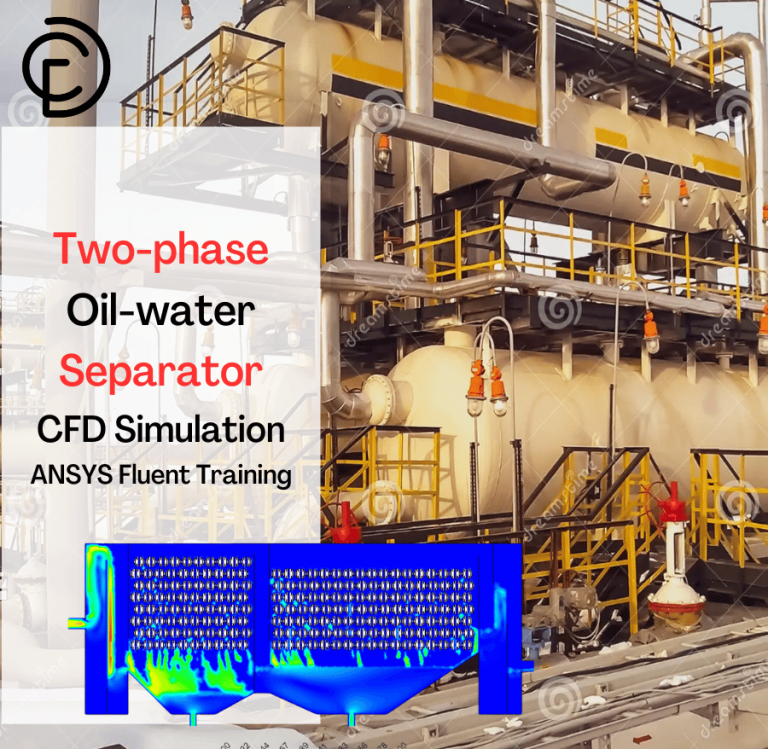
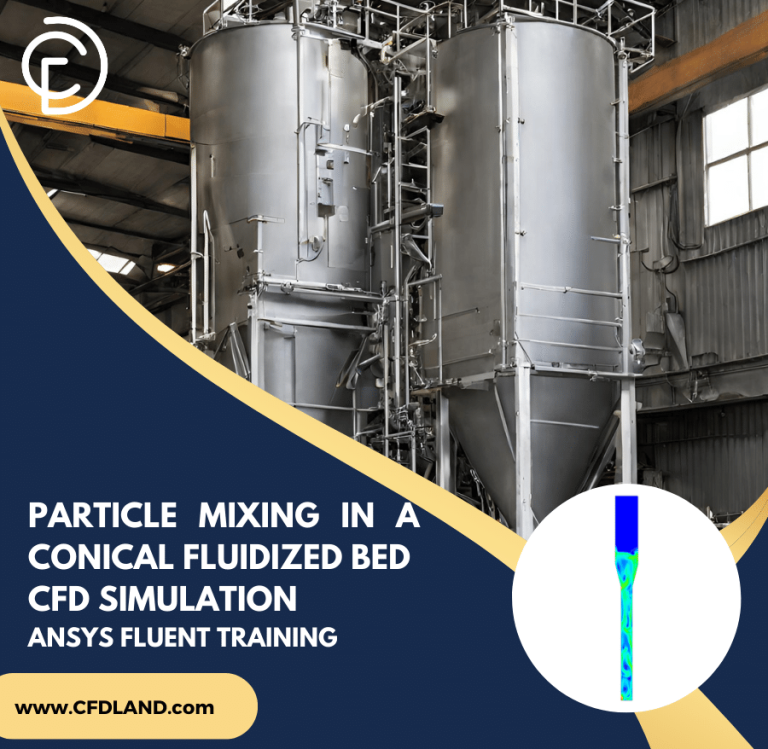
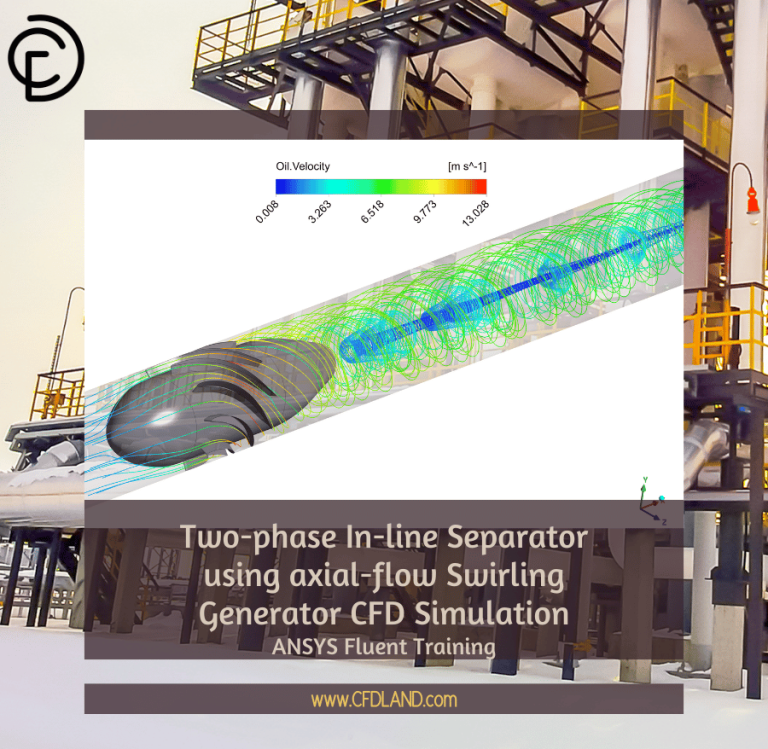
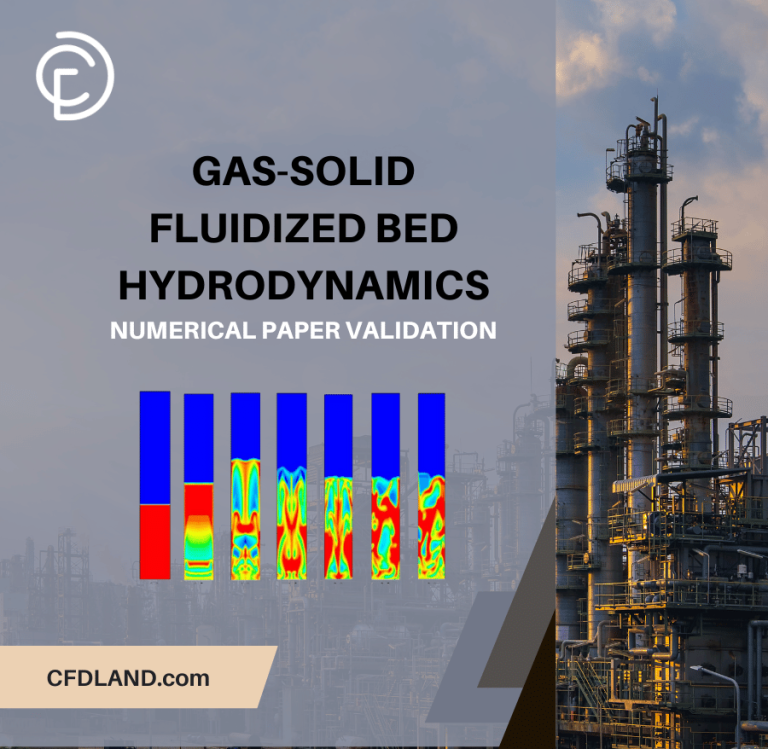
Reviews
There are no reviews yet.